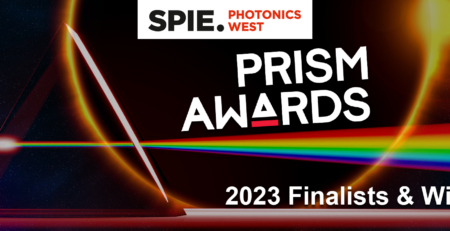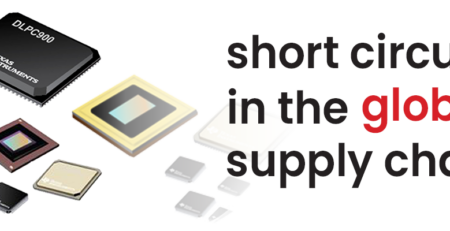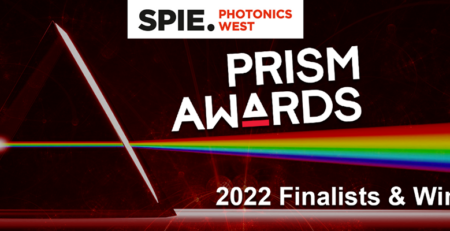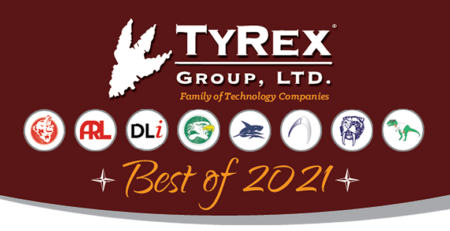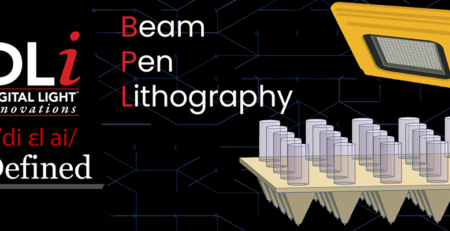DLideas 8: Virtual Reality & Augmented Reality, Part 2
Joel Coffman2023-10-26T17:04:00+00:00The DLideas series focuses on current developments in the world of DLP® and emerging applications using the technology.
One of the most common augment reality applications is head-up displays or HUDs. HUDs are a classification extending to any transparent display that presents data without requiring the user to look away from the usual field of view. HUD systems superimpose vehicle information such as speed warning signals and indicator arrows on the windshield, which allow drivers to maintain their focus on the road while receiving information that would normally require a glance at an instrument panel on the dashboard.
Another technology is mixed reality or MR, a flexible application that combines the best aspects of both AR and VR. In theory, mixed reality lets the user see the real world like augmented reality while also seeing believable virtual objects, just like virtual reality. Mixed reality anchors virtual objects to a point in real space making it possible to treat these objects as real, at least from the perspective of the person who can see the MR experience.
The use of DLP® technology in augmented reality and virtual reality offers many benefits. DLP® technology offers very high optical efficiency. The tiny aluminum micromirrors reflect the vast majority of incoming light and can create a brighter near-eye display with less illumination power. DLP® technology also has high-speed low latency and is one of the fastest display technologies in the world, with each micromirror able to flip up to 30,000 times per second. This enables fast color refresh rates, which are of particular importance to near-eye display applications. Additionally, DMDs allow for a wide array of user-configurable controls and parameters such as frame rate and bit depth, and produce a very high resolution solution in a small form factor that’s lightweight.

